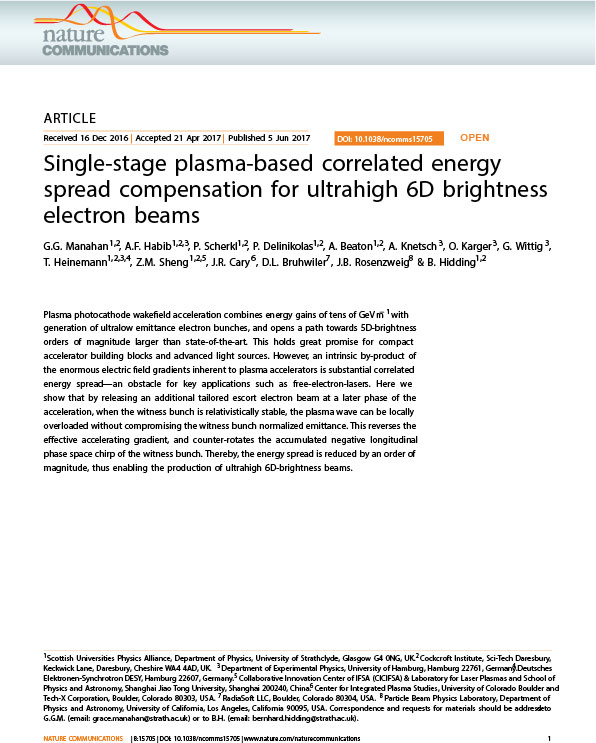
This work has been published by Fahim Ahmad Habib in his first year of the PhD studentship within the SCDT. It investigates a novel approach which may enable the production of electron beams with unprecedented 6D brightness: electron beams with ultralow transverse emittance, high current and low energy spread. This is a key to realize even hard x-ray free-electron lasers and other light sources, and to harness ultrahigh gain. The ultrahigh electric fields and energy gains in plasma accelerators typically come at a price: substantial energy spread or chirp of the produced electron beams. This is a showstopper for fully harnessing even ultrahigh 5D-brightness beams e.g. for high performance free-electron lasers, and a well-known, big challenge in the community. The work presents a scheme that allows to decrease the energy spread of plasma-produced electron beams by at least and order of magnitude, which allows to beat the so called Pierce parameter of free-electron laser physics, which sets a threshold for the energy spread, and therefore to realise strong FEL activity. While the scheme is applicable with all electron beams with energy spread, we assume it to unfold its largest impact in combination with the ultrahigh 5D-brightness electron beams from the Trojan Horse scheme.
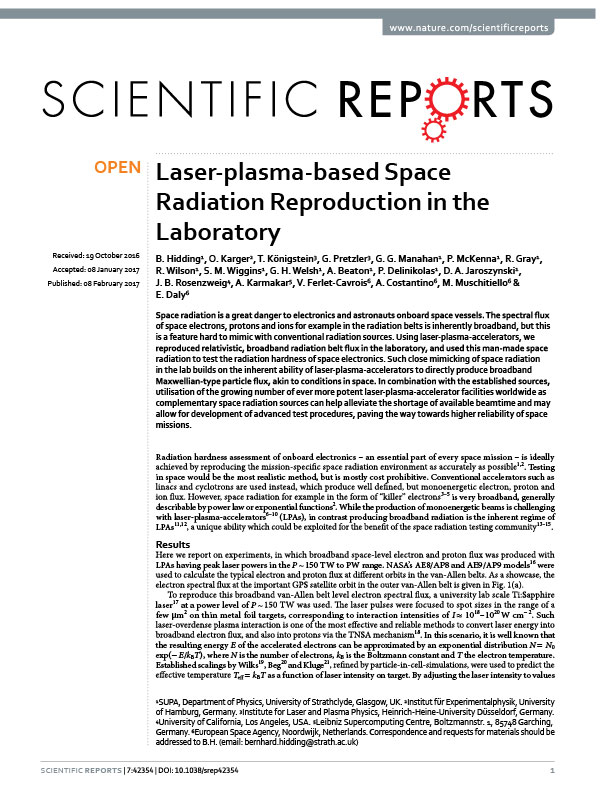
This work brings space radiation down to Earth. In collaboration with European Space Agency, University of Düsseldorf, the UK STFC's Central Laser Facility CLF and other international partners, laser-plasma-accelerators have been used to mimic electron anf proton flux as it occurs in the Earth's van-Allen belts. This is important as it allows to DESY and University of Hamburg, Thomas explores external injection into laser-driven wakefields, matching and plamsa lensing, and hybrid laser-plasma-accelerators. He has been a key member of the Trojan Horse E210 PWFA collaboration and breakthrough experimental campaigns at SLAC FACET. The techniques developed at FACET combined with an outstanding skillset both in experiments and theory and computation allow him to engage in a wide range of projects and to combine the best of many worlds into future advanced accelerator designs.
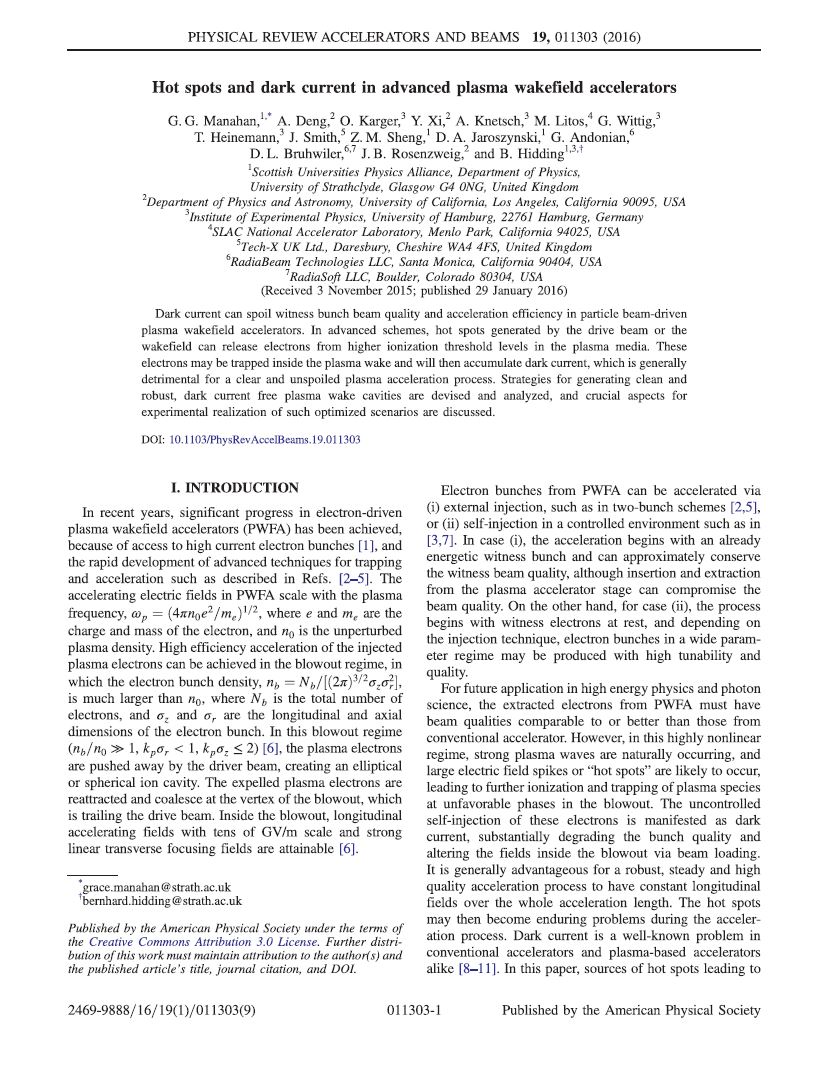
Dark current can spoil witness bunch beam quality and acceleration efficiency in particle beam-driven plasma wakefield accelerators. In advanced schemes, hot spots generated by the drive beam or the wakefield can release electrons from higher ionization threshold levels in the plasma media. These electrons may be trapped inside the plasma wake and will then accumulate dark current, which is generally detrimental for a clear and unspoiled plasma acceleration process. Strategies for generating clean and robust, dark current free plasma wake cavities are devised and analyzed, and crucial aspects for experimental realization of such optimized scenarios are discussed.
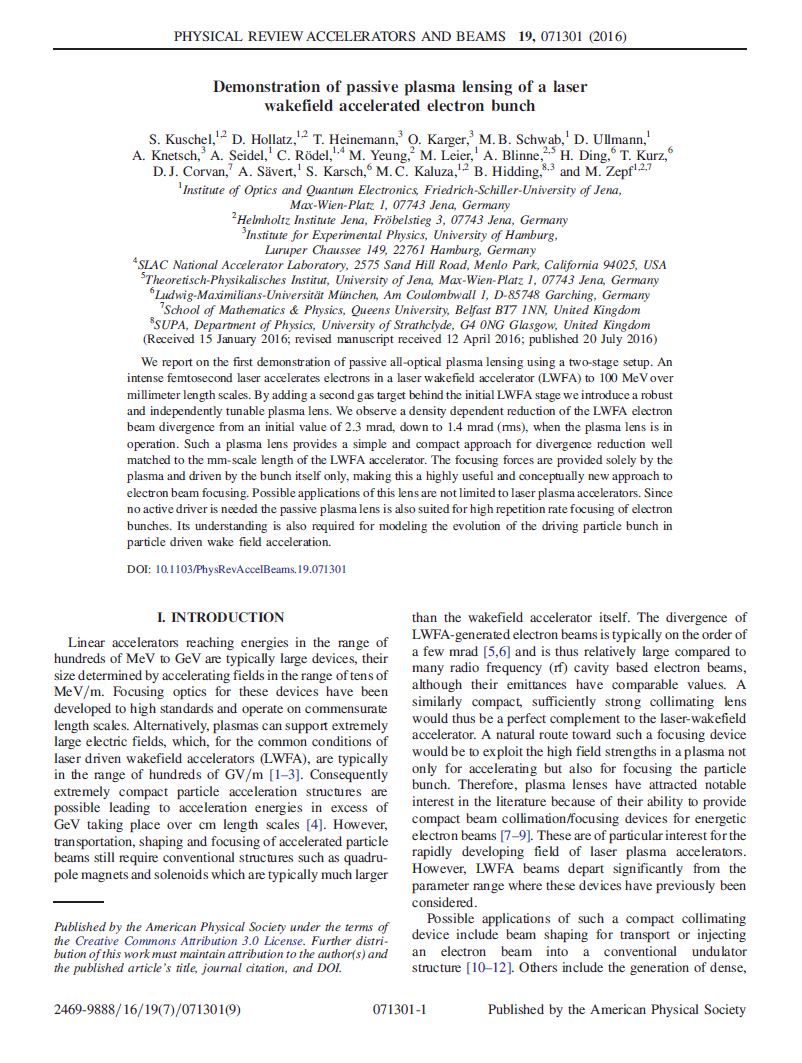
We report on the first demonstration of passive all-optical plasma lensing using a two-stage setup. An intense femtosecond laser accelerates electrons in a laser wakefield accelerator (LWFA) to 100 MeV over millimeter length scales. By adding a second gas target behind the initial LWFA stage we introduce a robust and independently tunable plasma lens. We observe a density dependent reduction of the LWFA electron beam divergence from an initial value of 2.3 mrad, down to 1.4 mrad (rms), when the plasma lens is in operation. Such a plasma lens provides a simple and compact approach for divergence reduction well matched to the mm-scale length of the LWFA accelerator. The focusing forces are provided solely by the plasma and driven by the bunch itself only, making this a highly useful and conceptually new approach to electron beam focusing. Possible applications of this lens are not limited to laser plasma accelerators. Since no active driver is needed the passive plasma lens is also suited for high repetition rate focusing of electron bunches. Its understanding is also required for modeling the evolution of the driving particle bunch in particle driven wake field acceleration.

This work has been published by Fahim Ahmad Habib in his first year of the PhD studentship within the SCDT. It investigates a novel approach which may enable the production of electron beams with unprecedented 6D brightness: electron beams with ultralow transverse emittance, high current and low energy spread. This is a key to realize even hard x-ray free-electron lasers and other light sources, and to harness ultrahigh gain. The ultrahigh electric fields and energy gains in plasma accelerators typically come at a price: substantial energy spread or chirp of the produced electron beams. This is a showstopper for fully harnessing even ultrahigh 5D-brightness beams e.g. for high performance free-electron lasers, and a well-known, big challenge in the community. The work presents a scheme that allows to decrease the energy spread of plasma-produced electron beams by at least and order of magnitude, which allows to beat the so called Pierce parameter of free-electron laser physics, which sets a threshold for the energy spread, and therefore to realise strong FEL activity. While the scheme is applicable with all electron beams with energy spread, we assume it to unfold its largest impact in combination with the ultrahigh 5D-brightness electron beams from the Trojan Horse scheme.

This work has been published by Fahim Ahmad Habib in his first year of the PhD studentship within the SCDT. It investigates a novel approach which may enable the production of electron beams with unprecedented 6D brightness: electron beams with ultralow transverse emittance, high current and low energy spread. This is a key to realize even hard x-ray free-electron lasers and other light sources, and to harness ultrahigh gain. The ultrahigh electric fields and energy gains in plasma accelerators typically come at a price: substantial energy spread or chirp of the produced electron beams. This is a showstopper for fully harnessing even ultrahigh 5D-brightness beams e.g. for high performance free-electron lasers, and a well-known, big challenge in the community. The work presents a scheme that allows to decrease the energy spread of plasma-produced electron beams by at least and order of magnitude, which allows to beat the so called Pierce parameter of free-electron laser physics, which sets a threshold for the energy spread, and therefore to realise strong FEL activity. While the scheme is applicable with all electron beams with energy spread, we assume it to unfold its largest impact in combination with the ultrahigh 5D-brightness electron beams from the Trojan Horse scheme.

This work has been published by Fahim Ahmad Habib in his first year of the PhD studentship within the SCDT. It investigates a novel approach which may enable the production of electron beams with unprecedented 6D brightness: electron beams with ultralow transverse emittance, high current and low energy spread. This is a key to realize even hard x-ray free-electron lasers and other light sources, and to harness ultrahigh gain. The ultrahigh electric fields and energy gains in plasma accelerators typically come at a price: substantial energy spread or chirp of the produced electron beams. This is a showstopper for fully harnessing even ultrahigh 5D-brightness beams e.g. for high performance free-electron lasers, and a well-known, big challenge in the community. The work presents a scheme that allows to decrease the energy spread of plasma-produced electron beams by at least and order of magnitude, which allows to beat the so called Pierce parameter of free-electron laser physics, which sets a threshold for the energy spread, and therefore to realise strong FEL activity. While the scheme is applicable with all electron beams with energy spread, we assume it to unfold its largest impact in combination with the ultrahigh 5D-brightness electron beams from the Trojan Horse scheme.

This work has been published by Fahim Ahmad Habib in his first year of the PhD studentship within the SCDT. It investigates a novel approach which may enable the production of electron beams with unprecedented 6D brightness: electron beams with ultralow transverse emittance, high current and low energy spread. This is a key to realize even hard x-ray free-electron lasers and other light sources, and to harness ultrahigh gain. The ultrahigh electric fields and energy gains in plasma accelerators typically come at a price: substantial energy spread or chirp of the produced electron beams. This is a showstopper for fully harnessing even ultrahigh 5D-brightness beams e.g. for high performance free-electron lasers, and a well-known, big challenge in the community. The work presents a scheme that allows to decrease the energy spread of plasma-produced electron beams by at least and order of magnitude, which allows to beat the so called Pierce parameter of free-electron laser physics, which sets a threshold for the energy spread, and therefore to realise strong FEL activity. While the scheme is applicable with all electron beams with energy spread, we assume it to unfold its largest impact in combination with the ultrahigh 5D-brightness electron beams from the Trojan Horse scheme.
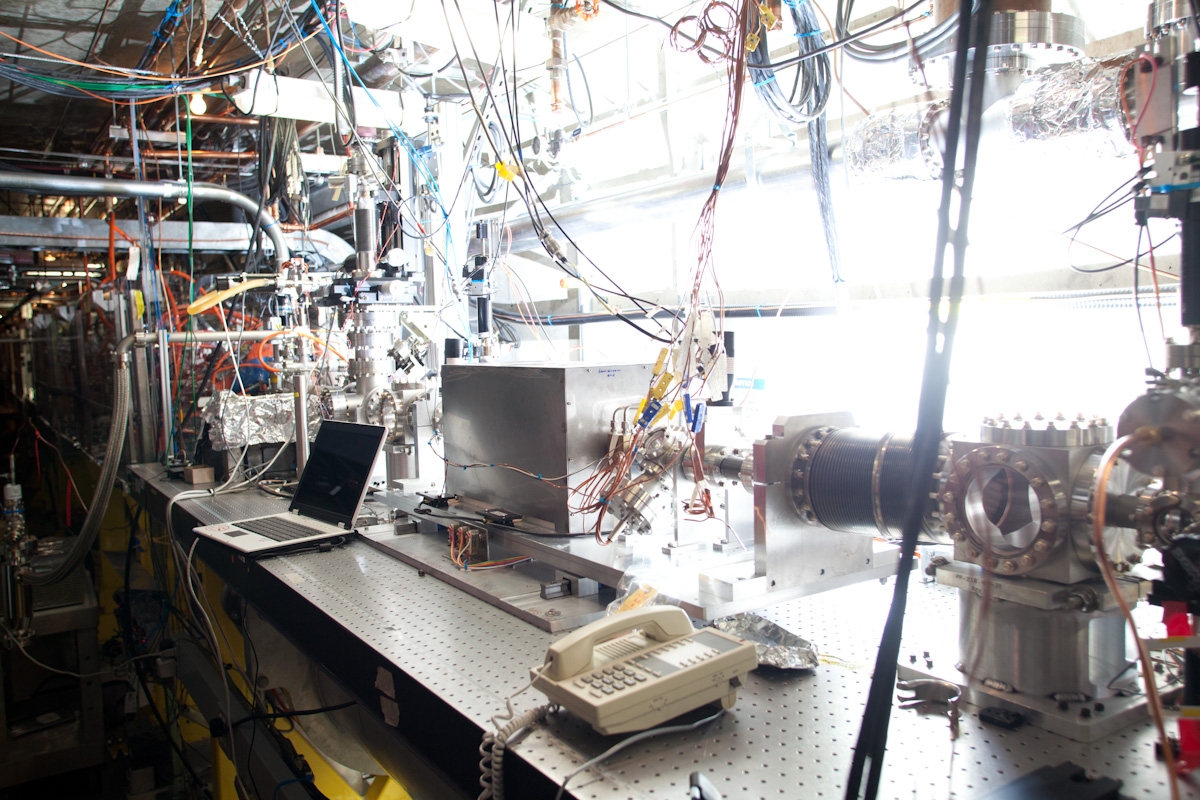
Our PhD students take pride in being part of an international learning and working environment, which promotes networking and scientific independence and leadership building.
ADDRESS
16 Richmond Street
Glasgow G1 1XQ UK
CONTACTS
Email: bernhard.hidding strath.ac.uk
Phone: +44 (141) 548 4994